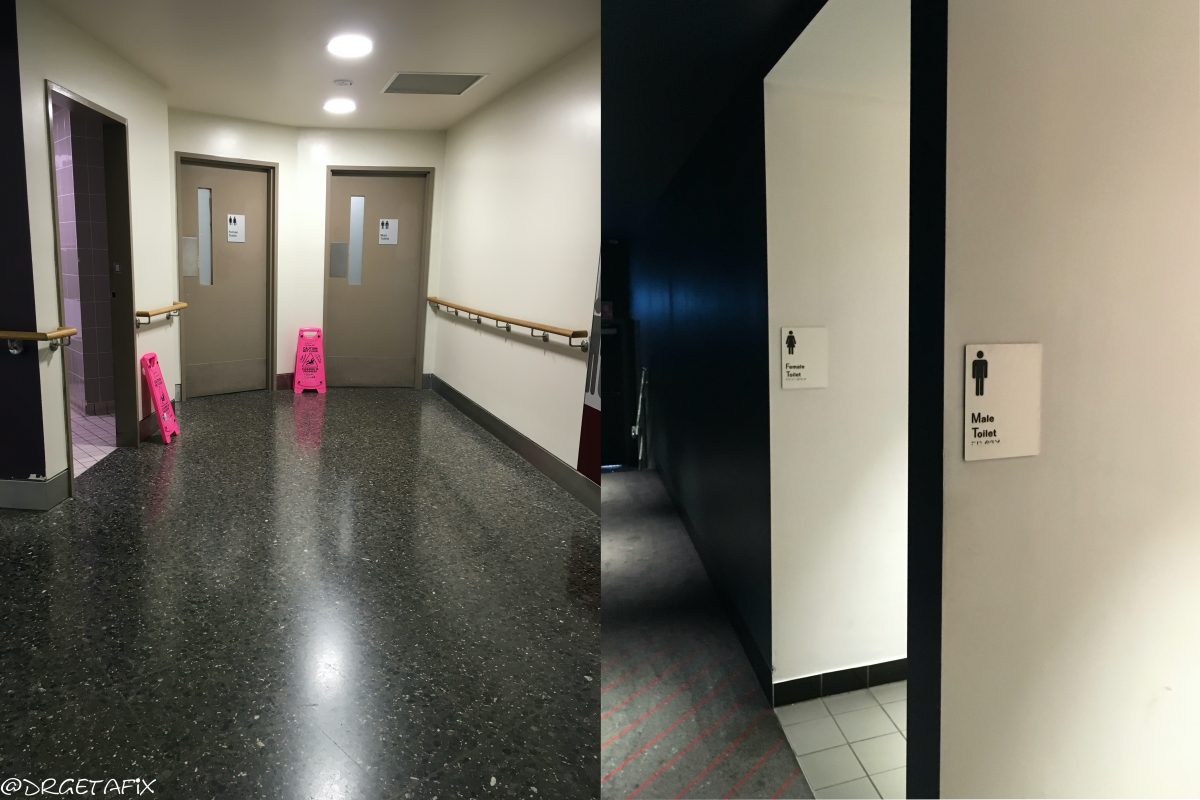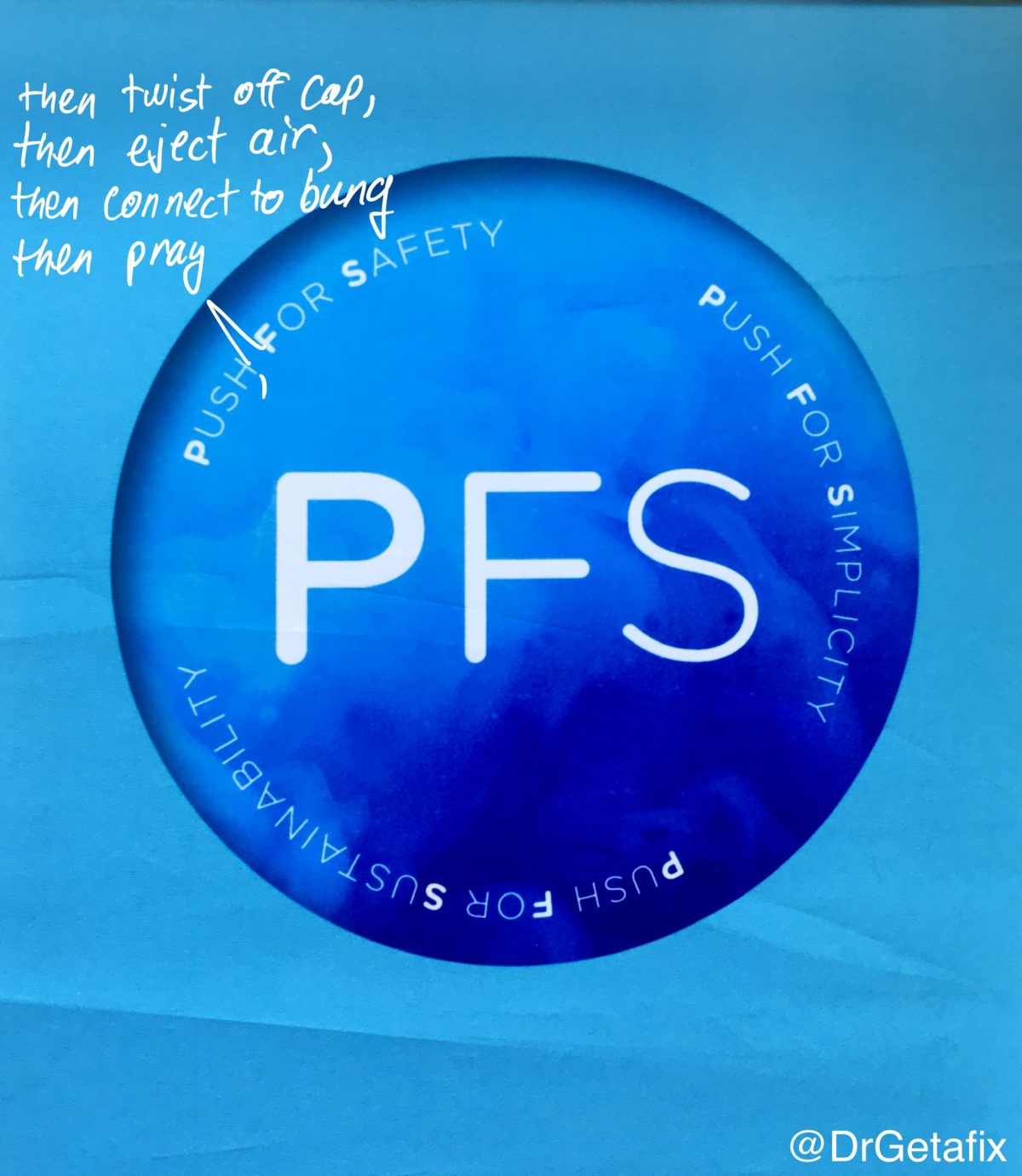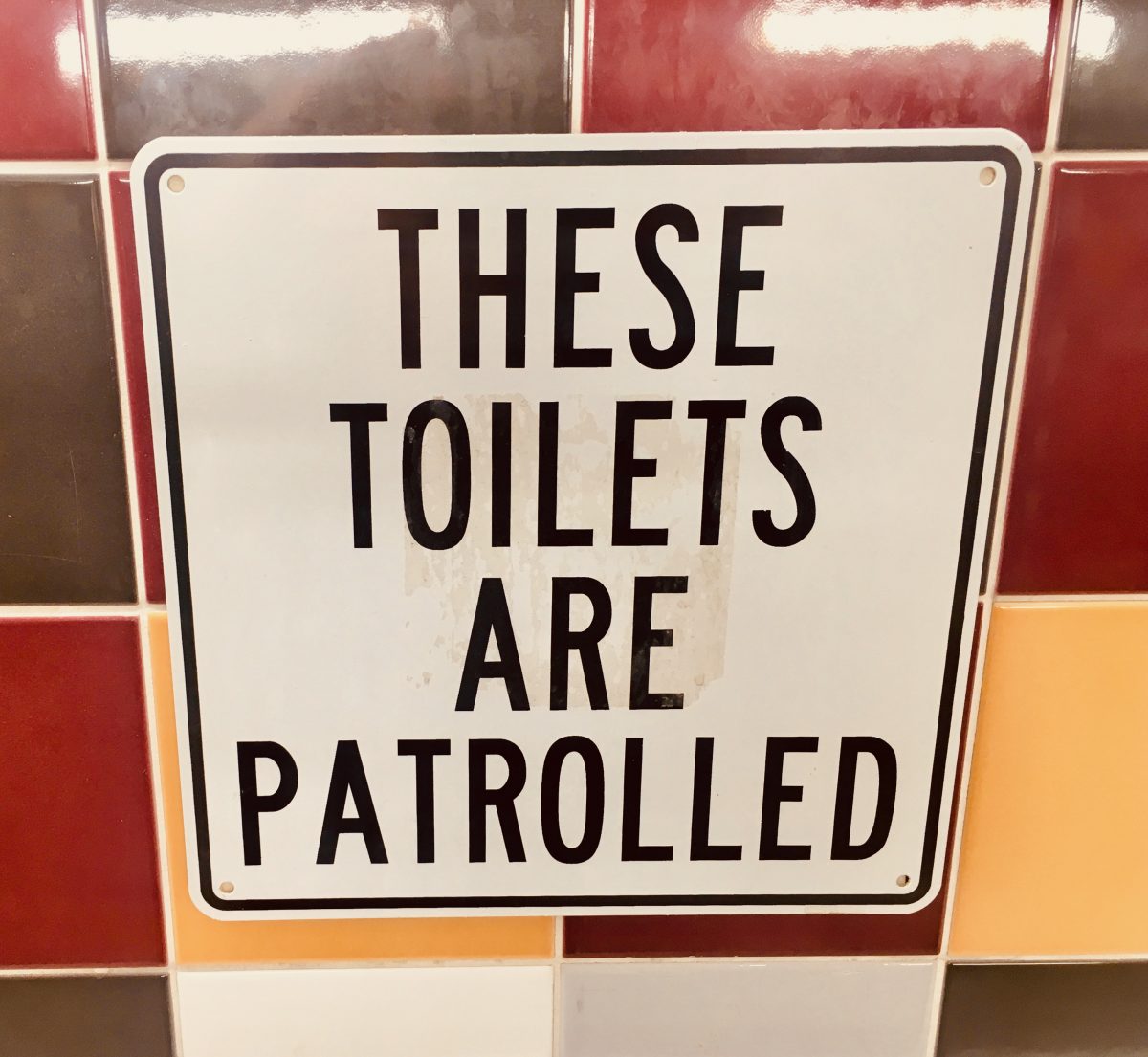In recent years, I’ve developed an interest in design, and in particular how both good and bad design impact humans. One outcome of that newfound interest was a Twitter account, @DunnyDesign. You can read a bit about it here, but it essentially documents and considers various aspects of toilet and bathroom design that I come across in daily life.
Probably the first aspect relating to toilets design that made me sit up and take notice, and was likely the impetus behind @DunnyDesign, was when I noticed that public toilets, especially those on large commercial premises such as shopping centres and cinema complexes, had slowly but surely transitioned from a “double door” entry to, what I refer to as, a “maze” entry. Continue reading “Dirty Doors and A-maze-ing Entryways”





